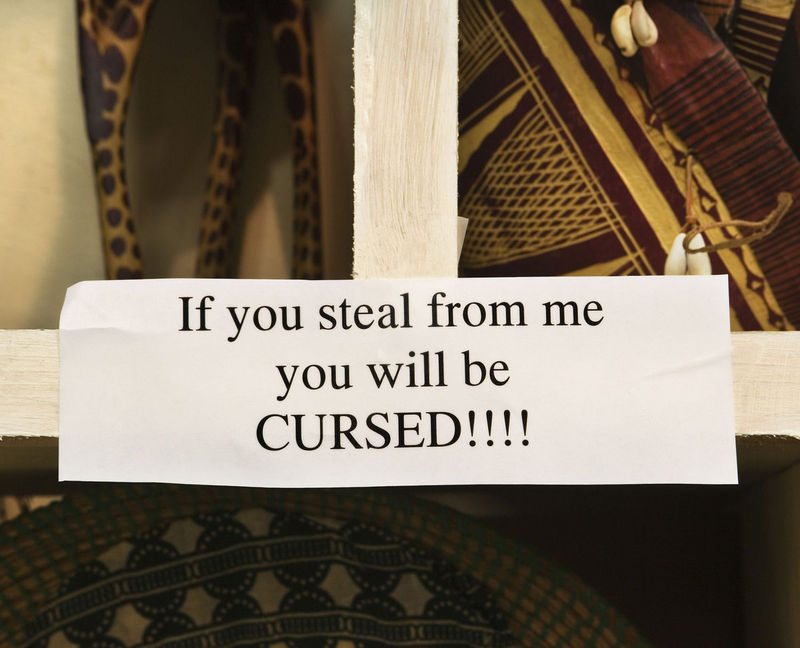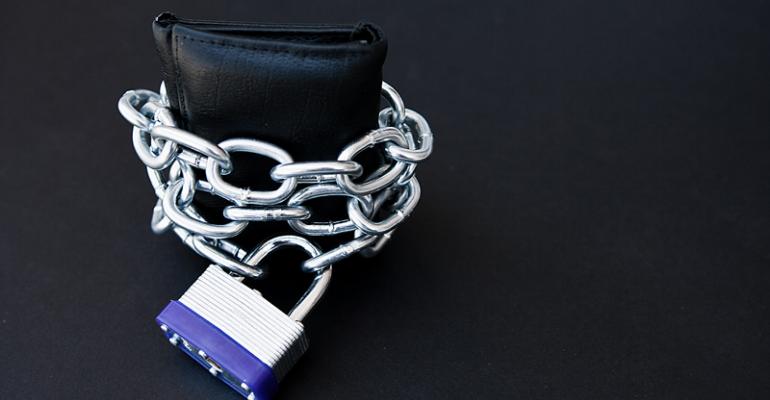 I just received these tips on how to protect your identity on the road, provided by Experian's ProtectMyID. I was feeling pretty smart while reading most of it, since I'm already doing most of it. But not all, until now. Thought it would be well worth passing along to my fellow road warriors. So here's the 10 tips to safer travels:
I just received these tips on how to protect your identity on the road, provided by Experian's ProtectMyID. I was feeling pretty smart while reading most of it, since I'm already doing most of it. But not all, until now. Thought it would be well worth passing along to my fellow road warriors. So here's the 10 tips to safer travels:
Your wallet is akin to a miniature directory of your identity. Think about it. Your driver´s license, credit card, debit card, medical insurance card and other numbers are all stored together. However, in the event of a lost wallet or stolen wallet, having all of this information in one place greatly increases your risk of identity theft. Here are 10 ways to keep your identity safer:
1. Keep a record. If your wallet and everything in it were suddenly missing, you'd need to know what you had lost. In a personal notebook you keep in a secure place at home, write down all of the information from the front and back of your credit, debit, driver's license, medical insurance and other important cards. Be sure to update the list as needed. This will help you make the appropriate calls following a theft. [Note from Sue: I just put all my credit cards and ID stuff on my printer and make copies, front and back. Just be sure to keep the copies in a safe place!]
2. Limit your cards. What you don´t carry in your wallet is just as important as what you do carry. For preemptive protection, only carry what you need on a daily basis. If you have multiple credit cards, only carry the one you use most often. Don't write PINs or passwords on the back of your credit or debit cards or on pieces of paper you keep in your wallet.
3. Protect your SSN. Your Social Security number shouldn´t be on anything you regularly carry in your wallet. If any of your identification cards from a school, library, or gym use your SSN as your member number, ask the organization for a randomly selected number and a new card. Be sure to shred the old one. Carry your actual Social Security card as infrequently as possible. If you need it to confirm your identity, be sure to return it to its safe storage place as soon as you can.
4. Make the calls. As soon as you're certain that your wallet or important cards are missing, call the issuers of your credit, debit, medical, and driver's license cards. Notify them of the situation and ask for a new account or identification number. Verify that your old numbers are no longer active. Even if your wallet is returned, you can't know for certain that someone hasn´t written down your card numbers to use at a later time.
5. File a police report. If identity theft does result from a lost wallet or stolen wallet, a police report filed at the time of theft will establish credibility. Even if you are traveling, file a report with local law enforcement. Always ask for a copy of the report for your personal records. If you later need to contest fraudulent charges or activity on your accounts, you'll already have the report on hand.
6. Contact the credit bureaus. A thief may find enough information in your wallet to open new accounts or simply use your existing cards to commit fraud. By placing fraud alerts with the three national credit bureaus, you can help prevent new accounts from being opened in your name without your express permission.
7. Watch your account statements. Checking for the signs of identity theft is essential in the months following a lost wallet or stolen wallet. Carefully review each account statement, including your explanation of benefits (EOB) letters from your medical insurer. Look for purchases, transactions or services you didn't authorize or receive. If you suspect fraud, call the number on your statement immediately.
8. Review your credit reports. Reviewing your monthly statements will only identify fraud on your existing accounts. To identify new accounts fraudulently opened in your name, be sure to review your credit reports regularly—especially in the months following a lost wallet or stolen wallet. A new account that you didn't open and don't control is a serious threat to your credit and identity.
9. Learn from the experience. If you've already dealt with a lost wallet or stolen wallet, be sure you're prepared to handle the same situation if it were to happen again. Use the tips in this post and consider signing up for identity theft protection that combines daily credit monitoring with advanced detection and support features.
10. Be mobile. Be careful. Always be wary of shoulder surfers when you’re using a mobile device in public. If you're doing online banking, make sure the app logs you out after each use or allows you to manually log out. Be careful about conducting personal business on public Wi-Fi.
Sue again: I've been very fortunate to not have had my identity stolen after my wallet was taken ages ago, but it's good to have a plan in mind, just in case the worst happens. I hear it can be a nightmare to get your identity back once it's been hacked, so be careful out there.




